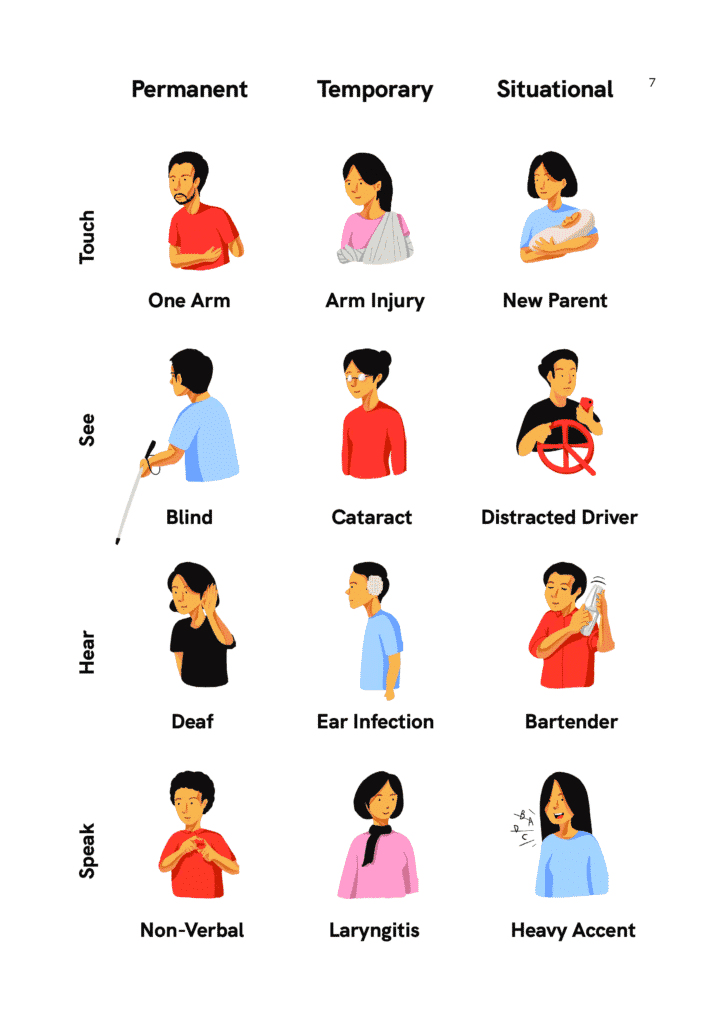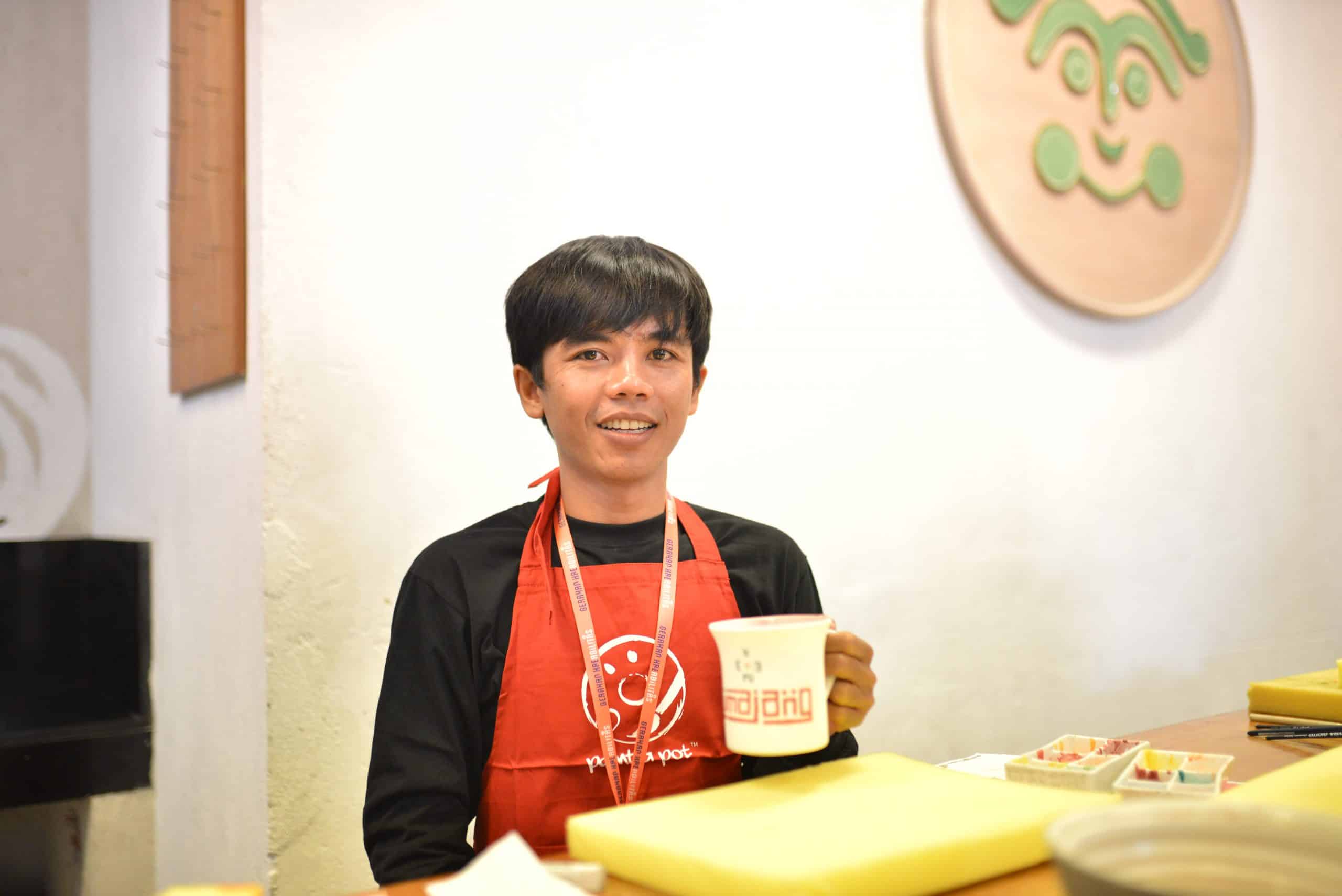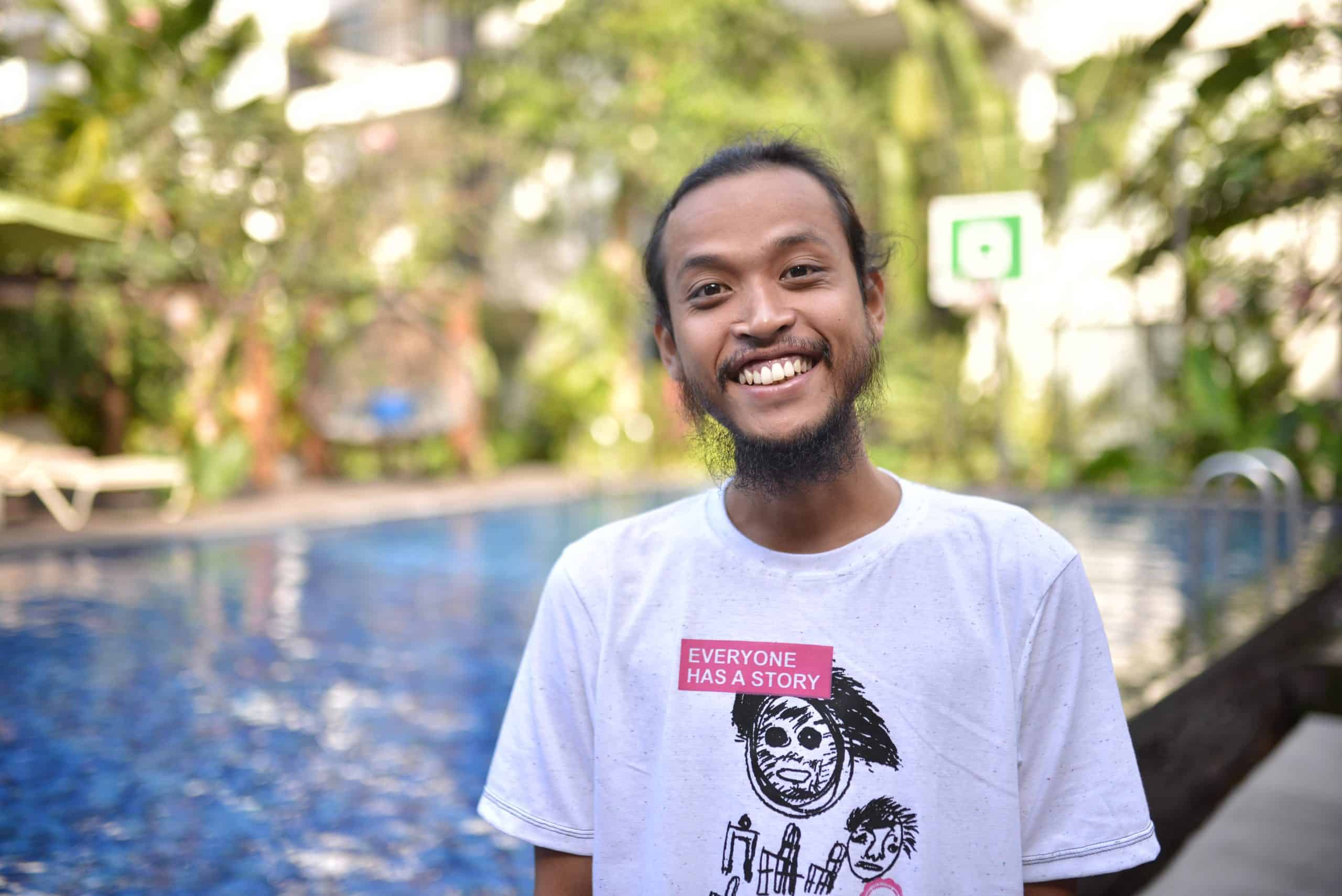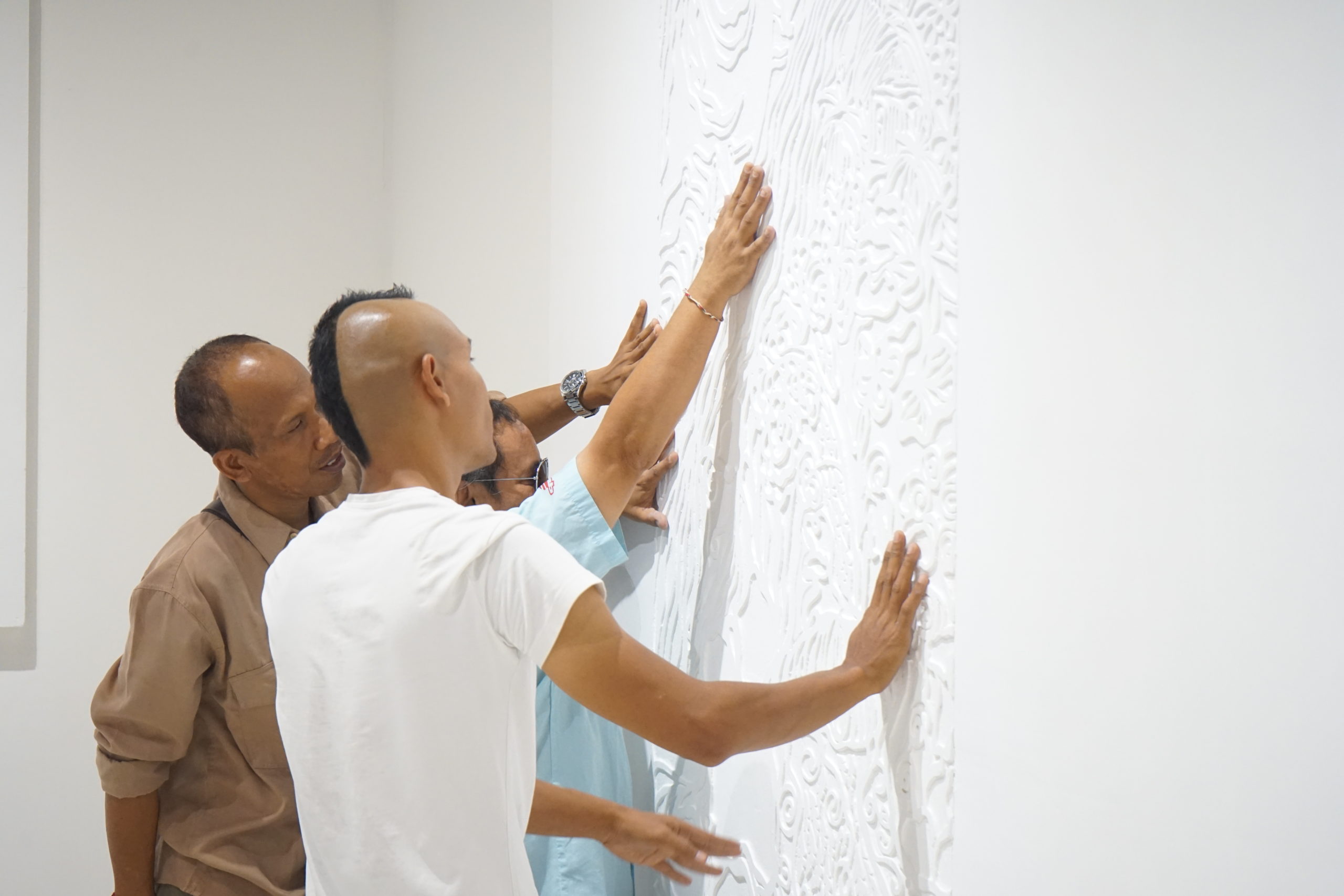You must by now, have heard the word disability. Many people still think that disabled people are limited by their ‘different’ mental and physical being. The truth is much more complicated than that.
The limitation, quite often actually comes from the environment itself that is created by society.
As a society, we, disabled people. We design and make things that are difficult for people in many ways, such as to work, to express themselves, and to live their social lives
People are disabled by barriers in society, not by their impairment or difference. Barriers can be physical, like buildings not having accessible toilets. Or they can be caused by people's attitudes to difference, like assuming disabled people can't do certain things.
For example, maybe you are aware that not all public buildings in Indonesia have ramps, something that is really important for those in a wheelchair, or adequate handrail in toilets. How often do you even see signage in Braille in public spaces in Indonesia? These are just small examples of visible physical barriers that exist for people to access places, we haven’t even talked about the equally sad state of non-physical barriers.
People who are ‘different’ are often stigmatised, discriminated, undermined and they do not receive the same opportunities as everyone else.
So, why do we need to embrace disabled people?
- First of all, it is law. Governed by the Indonesian constitutional law : Undang-Undang No.8 Tahun 2016
- Secondly, to be protected from all types of discrimination is Human Right
Imagine if disabled people are enabled and free from barriers that we created as a society? Surely we as a society will benefit from all the talents they can offer and we are missing out on.
Disabled People in Indonesia
There are a lot of people in Indonesia that are disabled. According to a research conducted in 2017
Around 4.3% of Indonesian or more than 10 million people are disabled.
61% of them have physical mobility issues. The cause of the impairment ranges from diseases, genetics and accidents, unfortunately there are also those that are caused by malnutrition.
Who is considered disabled in Indonesia
Disabled people are people who have long term physical, intellectual, mental and/or sensoric impairment, which prevents them to fully and effectively interact with their environment and socialise with other citizens.
The constitutional law also defines 4 categories of disabilities:
- Physical Disabilities – motor function disruptions, including amputated, paralysis or stiffness, paraplegia, celebral palsy (CP), due to stroke, due to leprosy, and dwarfism.
- Intellectual Disabilities – because intelligence levels are below average, including slow learning, intellectual disability and down syndrome.
- Mental Disabilities – thought, emotion, and behavior functions disruptions, including: Psychosocial disorders such as schizophrenia, bipolar disorder, depression, anxiety, and personality disorders ;
- Developmental disabilities that affect the ability of social interactions such as autism and hyperactivity.
Sensoric Disabilities – disruption to five senses, including vision impairments, hearing impairments, and / or speech disabilities.
Despite what the government classified as disability, we need to recognise that not all disabilities are permanent. Everyone might have experienced it at least once in their lifetime.
"People have limited view on what they think is disability. But the fact is those who can’t use sign language are also disabled. Or another example in a really busy and loud spaces, when you can’t hear what others are saying. So why only think about visible disabilities?"
There are also disabilities that are temporary and situational, as illustrated by the image below.

Unfortunately, disabled people are seen to be negative in Indonesia.
This is influenced by the modern medical view that considers disabled people to be ‘ill’ or ‘sick’ and it is a tragedy that occurs to one’s body.
Disability is considered as a disease that has to be cured, because they are not ‘normal’. Disabled people are considered a not-ideal human being. Often considered as a charity case, a disabled person is considered as someone who has to be helped and given money to, at the same time they are considered as a way/platform for people to do good.
Different Indonesian Terms
In Indonesia there are different terms in describing deaf people and people with speech difficulties. According to the head of Bali Deaf Community:
Tuli (too-lee) is more of a colloquial way to describe being deaf, but it also used as a collective noun to describe those who uses sign language.
Tuna Rungu (too-na roong oo) is a medical term to describe deaf. Tuna Wicara (too-na wee-cha-ra) is a medical term for those with speech disability.
Editor’s note: The same with Bisu (bee-soo) for those with speech disability
Disability or Diffable?
What is the difference between the two terms? Both are from English terms. Difable are more widely used in Indonesia than disability, as it is translated to unable.
Diffable is from differently-abled, the consensus said that being different or understanding that disabled people ‘are just different’ not that they are unable.
We are using more the term disability, because as we mentioned earlier, we believed that it is the society and environment we build as society that are disabling people.
Ultimately both terms, exist to replace the negative term of ‘penyandang cacat’ in indonesian which directly translated to ‘those who are deformed or handicaped’
In the next article we are going to talk about how to interact with disabled people.
This article is written originally in Indonesian as a part of Inklusivitas Kolaborasi seni dan Kreatif, a result of our Project Gerakan Kreabilitas, which is a project funded by British Council’s Developing Inclusive Creative Economy (DICE).
The complete toolkit in Indonesian is available to be downloaded here.
References:
Social model of disability, SCOPE, accessed December 3rd 2019
Article 14: Protection from discrimination, Equality and Human Rights Commission, accessed February 28th 2020
Inclusive 101 by Microsoft, accessed December 5th 2019
Thohari,Slamet dkk.2017. Laporan Penelitian Pemetaan Kesenian dan Disabilitas di Indonesia, Pusat Studi dan Layanan Disabilitas Universitas Brawijaya and British Council Indonesia
Difabel atau Disabilitas?, difabel.id, accessed December 27th 2019





